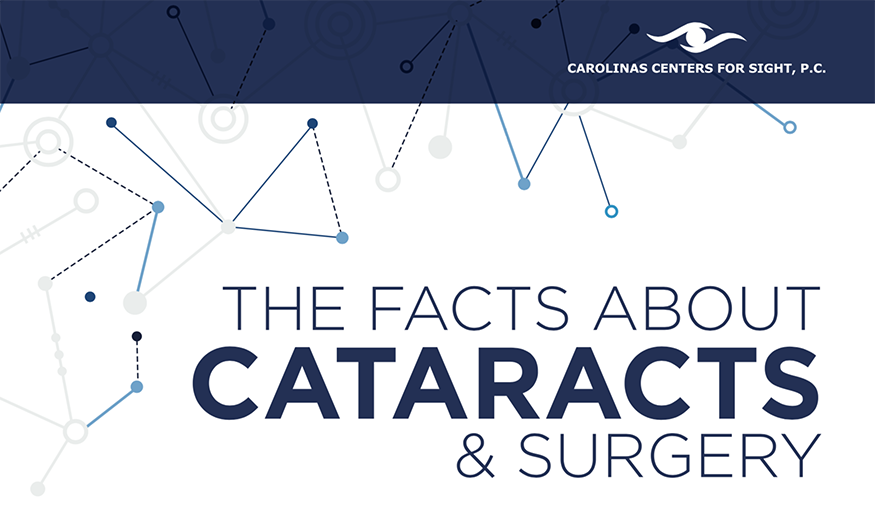Intrigued In Discovering The Distinctions In Between SMILE, LASIK, And PRK Eye Treatments?
Intrigued In Discovering The Distinctions In Between SMILE, LASIK, And PRK Eye Treatments?
Blog Article
Team Writer-Fischer Copeland
If you've been thinking about SMILE eye surgery, you may question exactly how it compares to LASIK and PRK. Each procedure has its very own set of advantages and factors to consider. From quicker recovery times to possible risks, there are essential differences you ought to understand before deciding. Understanding these distinctions will assist you make an enlightened choice that lines up with your certain needs and assumptions. Curious to know even more about exactly how these treatments compare in detail? Continue discovering to gain an extensive understanding of SMILE, LASIK, and PRK.
SMILE Eye Surgical Procedure Overview
If you're taking into consideration SMILE eye surgical treatment, you'll discover it to be a minimally invasive procedure with a fast recovery time. During SMILE (Tiny Cut Lenticule Removal), a laser is used to produce a little, precise laceration in the cornea to remove a tiny piece of cells, reshaping it to remedy your vision. This differs from LASIK, where a flap is developed, and PRK, where the external layer of the cornea is entirely eliminated.
Among the essential benefits of SMILE is its minimally invasive nature, leading to a faster healing procedure and less pain post-surgery. The recuperation time for SMILE is fairly quick, with numerous people experiencing improved vision within a day or 2. This makes it a prominent option for those looking for a practical and efficient vision adjustment treatment. Additionally, SMILE has actually been revealed to have a lower danger of dry eye disorder compared to LASIK, making it a favorable alternative for individuals worried regarding this prospective adverse effects.
Differences Between SMILE, LASIK, and PRK
When comparing SMILE, LASIK, and PRK eye surgeries, it is essential to recognize the distinct strategies utilized in each treatment for vision correction.
SMILE (Tiny Laceration Lenticule Extraction) is a minimally invasive procedure that includes developing a tiny incision to extract a lenticule from the cornea, improving it to remedy vision.
LASIK (Laser-Assisted Sitting Keratomileusis) includes producing a slim flap on the cornea, utilizing a laser to improve the underlying tissue, and afterwards rearranging the flap.
PRK (Photorefractive Keratectomy) gets rid of the external layer of the cornea prior to reshaping the cells with a laser.
https://prklasiksurgery95162.yomoblog.com/33854027/anticipated-experiences-in-advanced-cataract-surgical-treatment-prior-to-throughout-and-after lies in the method the cornea is accessed and treated. SMILE is flapless, making it an excellent option for people with thin corneas or those associated with call sports. LASIK provides fast visual healing as a result of the flap development, but it might pose a higher threat of flap-related problems. PRK, although having a much longer recuperation period, prevents flap-related concerns completely.
Comprehending these variations is crucial in selecting the most ideal treatment for your vision correction requirements.
Benefits And Drawbacks Comparison
To examine the advantages and disadvantages of SMILE, LASIK, and PRK eye surgeries, it's necessary to consider the specific advantages and possible limitations of each treatment. SMILE surgical procedure provides the advantage of a minimally invasive procedure, with a smaller sized incision and possibly quicker recuperation time contrasted to LASIK and PRK. It additionally minimizes the threat of dry eye post-surgery, a typical adverse effects of LASIK. Nevertheless, SMILE may have restrictions in dealing with higher degrees of nearsightedness or astigmatism compared to LASIK.
Recommended Internet site offers quick aesthetic healing and very little discomfort throughout the treatment. It's highly reliable in dealing with a wide variety of refractive errors, including nearsightedness, hyperopia, and astigmatism. Yet, LASIK carries a risk of flap issues, which can influence the corneal framework.
PRK eye surgical treatment, while not as preferred as LASIK, prevents developing a corneal flap, minimizing the threat of flap-related issues. It appropriates for clients with slim corneas or irregular corneal surface areas. Nevertheless, PRK has a much longer recovery time and might involve extra discomfort throughout the recovery procedure.
Conclusion
So, when it comes to choosing between SMILE, LASIK, and PRK, consider it like selecting the best set of footwear. SMILE resembles a sleek, comfy set of tennis shoes - fast and easy.
LASIK is a lot more like stylish high heels - flashy and quick, however with some potential threats.
PRK is like strong hiking boots - trustworthy and sturdy, yet calling for a bit even more time and effort.
Ultimately, the most effective option depends on your private needs and choices.
